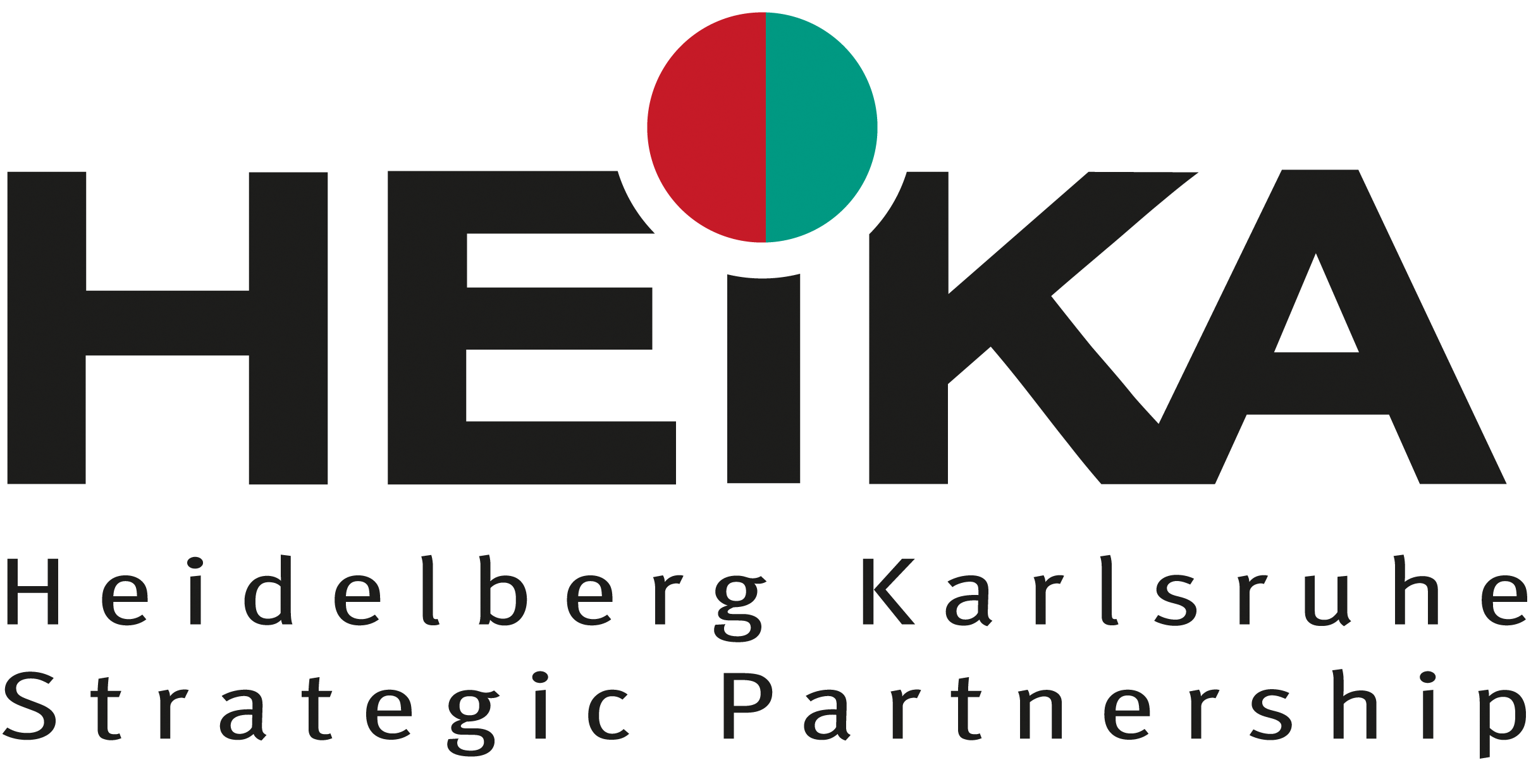The cooperative project between the groups of Suat Özbek (COS, Heidelberg) and Nicole Jung (KIT, Karlsruhe) was aimed at identifying novel inhibitors for TRP-N (Transient receptor potential) ion channels in the model organism Hydra. TRP channels are a superfamily of cation channels that play critical roles in sensory physiology, contributing to processes as diverse as vision, olfaction, pain, mechano- and thermosensation. They are activated by a variety of stimuli and enable cells and organisms to adapt to their local environment. For TRPN channels, one of the seven subfamilies of TRP channels, neither the detailed structure nor their molecular function is understood. This is also due to a lack of selective inhibitors. In this project, TRPN channels were analyzed on a functional and molecular level by screening for and applying specific inhibitors. Existing and exclusively synthesized libraries of the ComPlat group (KIT) were screened for their influence on mechanosensation in hydras by the Özbek group, COS, Heidelberg. Hydra TRPNs are exclusively associated with the mechanosensory cilium of the stinging organelles (nematocysts) used for prey capture. The compound screen based on synthetic libraries provided by the ComPlat group was therefore performed on the basis of a nematocyst discharge assay induced by feeding or mechanical stimulation of tentacles in living hydras. Nearly 1000 compounds have been screened and positive hits have been reevaluated by testing dose-dependency, toxicity and reversibility. The group of paracyclophanes stood out as a novel, highly effective compound class that showed inhibitory activity for nematocyst discharge at low micromolar concentrations. Our results will be instrumental for further studies on the molecular basis for paracyclophane-induced TRPN inhibition, e.g. syntheses of medium-sized libraries of the most interesting compound classes to enable detailed investigations on the mandatory activity-inducing moieties.
Forschungsbrücken
Laufzeit
-

